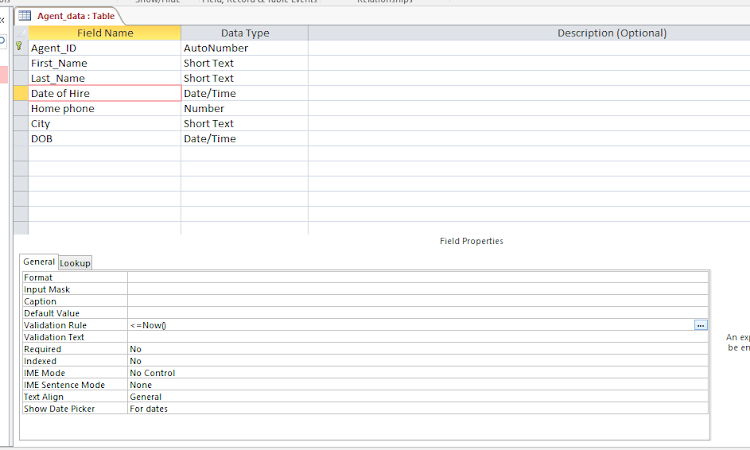In this article, I will tell you how this tool work. This is a new software tool, which is recently inaugurated on March 3, 2021. This is a software tool that permits researchers to rapidly question datasets developed from single-cell sequencing. Users can recognize which cell types any mix of qualities are dynamic in. The open-access 'scfind' software empowers quick investigation of various datasets containing a large number of cells by a wide scope of users, on a standard PC.
Handling times for such datasets are only a couple of seconds, saving time and processing costs. This tool is developed by the researchers at the Wellcome Sanger Institute, can be utilized similar to a web index, as users can include free content just as quality names.
Methods to arrange the hereditary material from an individual cell have progressed quickly in the course of the most recent 10 years. Single-cell RNA sequencing (scRNAseq), used to survey which qualities are dynamic in singular cells, can be utilized on a large number of cells without a moment's delay and creates huge measures of information (2.2 GB for the Human Kidney Atlas).
The projects including the Human Cell Atlas and the Malaria Cell Atlas are utilizing such methods to uncover and portray the entirety of the cell types present in a life form or populace. Information should be not difficult to access and question, by a wide scope of scientists, to get the most worth from them.
To take into consideration quick and effective access, another product instrument called scfind utilizes a two-venture procedure to pack information ~100-crease. Proficient decompression makes it conceivable to rapidly question the information. Which is developed by the researchers at the Wellcome Sanger Institute, scfind can perform a huge scope examination of datasets including a huge number of cells on a standard PC without unique equipment. Questions that used to require days to return an outcome, presently require seconds.
The new tool can likewise be utilized for investigations of multi-omics information, for instance by joining single-cell ATAC-seq information, which measures epigenetic action, with scRNAseq information.
Dr. Jimmy Lee, Postdoctoral Fellow at the Wellcome Sanger Institute, and lead, which is the author of the researcher, said: "The advances of multi-omics techniques have opened up an uncommon chance to value the scene and elements of quality administrative organizations. Scfind will assist us with distinguishing the genomic districts that manage quality movement - regardless of whether those locales are inaccessible from their objectives."
Scfind can likewise be utilized to recognize new hereditary markers that are related with, or characterize a cell type. The scientists show that scfind is a more exact and exact technique to do this, contrasted and physically curated data sets or other computational strategies accessible.
To make scfind easier to understand, it joins procedures from normal language preparing to consider discretionary inquiries.
Dr. Martin Hemberg, previous Group Leader at the Welcome Sanger Institute, presently at Harvard Medical School and Brigham and Women's Hospital, said: "Examination of single-cell datasets generally requires fundamental programming abilities and mastery in hereditary qualities and genomics. To guarantee that huge single-cell datasets can be gotten to by a wide scope of users, we built up an instrument that can work as a web index - permitting users to include any inquiry and find applicable cell types."
Dr. Jonah Cool, Science Program Officer at the Chan Zuckerberg Initiative, said: "New, quicker examination strategies are critical for finding promising experiences in single-cell information, remembering for the Human Cell Atlas. Easy to understand devices like scfind are speeding up the speed of science and the capacity of scientists to work off of one another's work, and the Chan Zuckerberg Initiative is glad to help the group that built up this innovation."




0 Comments